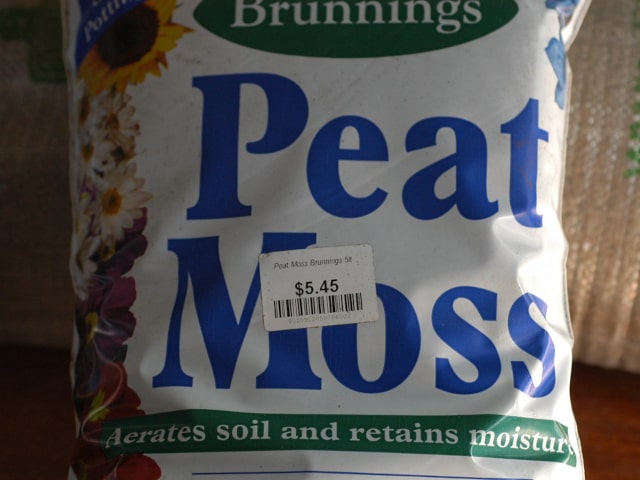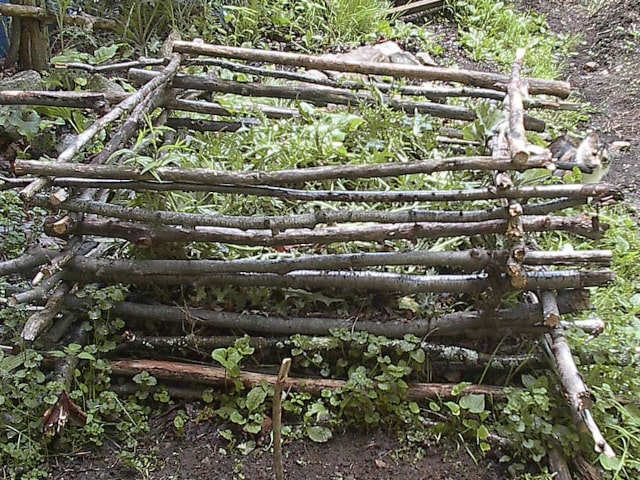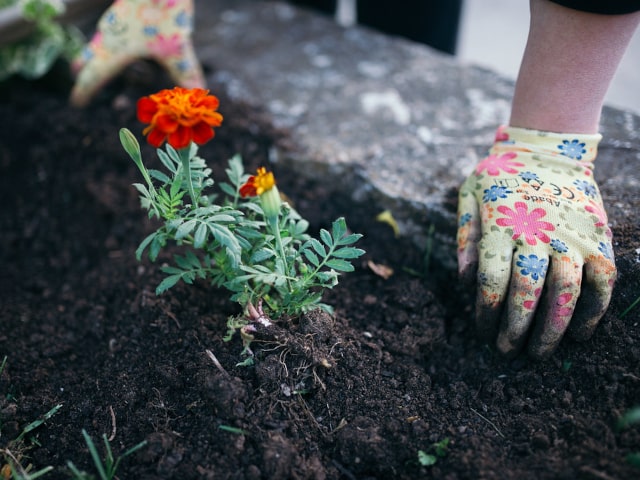
People interested in gardening will probably encounter references to peat moss. Peat moss is very common in gardening so it is important to understand what it is, how it works and how to use it to make your plants thrive. There are many uses of peat moss, such as improving soil, starting seeds, adding it as an amendment, and more. Peat moss is excellent for making your garden more productive than ever.
Peat Moss: Basics
What is peat moss? Peat moss consists of decomposed organic materials, typically decomposed sphagnum moss coupled with other organic materials. After decomposition, sphagnum moss and other organic materials form a characteristic dark, fibrous and compact material. This is a process that happens in nature but you can also create your own peat moss to use in the garden.
There are certain similarities between peat moss and compost. Compost consists of decomposed organic matter, but this decomposition happens with the help of air. To create peat moss, the air has to be absent. It makes the decomposition process very slow but results in a more homogeneous material. Peat moss is an absorbent material so it's ideal for many different garden uses, such as creating fertile soil and helping plants grow faster and healthier.
Benefits of Peat Moss
Peat moss offers numerous advantages and benefits to gardeners who wish to make their plants thrive. It has several important characteristics that gardeners need, such as high absorbency, sterile material, acidic ph features, compaction prevention properties, and more.
Here are the most important benefits of peat moss:
- Peat moss is a highly absorbent material. It can retain water much better than other types of soils. This is a great agent to include in your garden soil.
- Sterile medium. Peat moss provides a sterile medium, which is ideal for planting and growing your plants. It doesn't contain any harmful chemicals, weed seeds and other bad thing you don't want for your plants. This is why peat moss is ideal starting medium, particularly for tender, vulnerable plants that require a lot of care. This is why it's a good practice to add a bit of peat moss to any starting mix.
- Acidic pH features. Peat moss is slightly acidic, which means it is great for acid-loving plants. There are many plants you may wish to grow that require slightly acidic soil, such as camellias and blueberries. If your garden soil is not acidic, add a bit of peat moss to make your acid-loving plants thrive.
- Compaction prevention. Peat moss is not compact, which is a great advantage over other organic materials. It is important to prevent soil compaction because such soil becomes less useful. Compaction reduces water absorption and doesn't provide a good medium for any plants to grow. Peat moss is great because it can easy be re-hydrated and even one application prevents soil compaction for years.
Potential Problems with Peat Moss
On the other hand, it is important to understand that there are certain disadvantages to peat moss. You need to understand these downsides in order to know when to use peat moss in your garden.
Here are the main problems with peat moss:
- Despite being organic, peat moss is not really fertile. It doesn't contain nutrients plants need to grow. It has some beneficial microorganisms, but that's all. On the other hand, the nutrient content is not absolute zero, either. Peat moss does contain a bit of nutrients, minerals and beneficial microorganisms. In this sense, peat moss will not ruin the fertility of your soil. However, you will probably need to use more than just peat moss to make your plants grow strong and healthy.
- Acidic pH features. As much as acidic features of peat moss can be great for some plants, these can also be a disadvantage if you want to grow plants that are alkaline-loving. If you wish to grow plants that like alkaline soil, it is better to use compost.
- Peat moss tends to be expensive. This is particularly true if you need large quantities of it. Think about this before opting to use peat moss. You can cut the price a bit if you don't use peat moss only: mix it with your soil to add benefits but avoid using large quantities of peat moss.
Photo credit: Forest Farming




12 Comments
I've had a decent autoflower stage at 60 days in. No built soil.
My Mix. indoor grow leds
Sunshine #4 w/ Mycorrhizae
1/4 Tsp Dr. Earth Acid Lovers. 1tbsp Worm Castings. Half a lemon pH 2.5, 1/2 pineapple pH 5 blended pureed. 2 milligram pinch of Epsomia Soil Acidifier blue bag turns Magnolias blue pumiced.
Add a pinch of cal mag 0-3-3 or Epsom salts and Grandma's Unsulfered Molasses 2 drops per cup at the 7-8 wk.
Flowering Stage
I want to know... I bought many plants for the yard. Pretty and user friendly in the trays they come in, I am assuming that it was planted in peat moss. My question is do I break the shape of the roots and peat moss. Or do I put it in the prepared soil. I was told it would help the roots catch faster?
Does Peat Moss decay over time? I'm experimenting with some indoor hydroponic configurations and am looking for a stable, soilless planting medium. Potential components that I'm considering are:
Vermiculite
Perlite
Horticultural Rockwool
Peat Moss
And potentially other materials.
The first three items that I have listed are stable and do not break down or biodegrade. That's a key element in what I'm trying to achieve. I wasn't sure about Peat Moss or even some of the coconut husk materials that are also available. Do you have any experience with those in regard to biodegrading/breakdown etc.?
What about the problem of the disappearing peatland ecosystems that are being destroyed to create this product? What about alternatives like coconut coir? Your article is sadly lacking any information about the devastation to the planet as a result of using peat in gardens and the impact to climate change.
Is it beneficial to succulents?
I used peat moss to top dress our front yard when we first moved onto a new building lot. The builder did not seed the lawn because there was no top soil only a compacted sandy clay. Someone suggested I use peat moss to help it along and it was cheaper then trucking in a dump truck full of loam or top soil. Well it worked for a few years and I had some grass but now my front lawn has turned into a sheet of green moss. I don't want to use the moss preventer /killer because I saw the unsightly results which look like burnt grass. So I will have to live with the green mossy lawn-which almost looks fairy like, good thing I live in the woods.